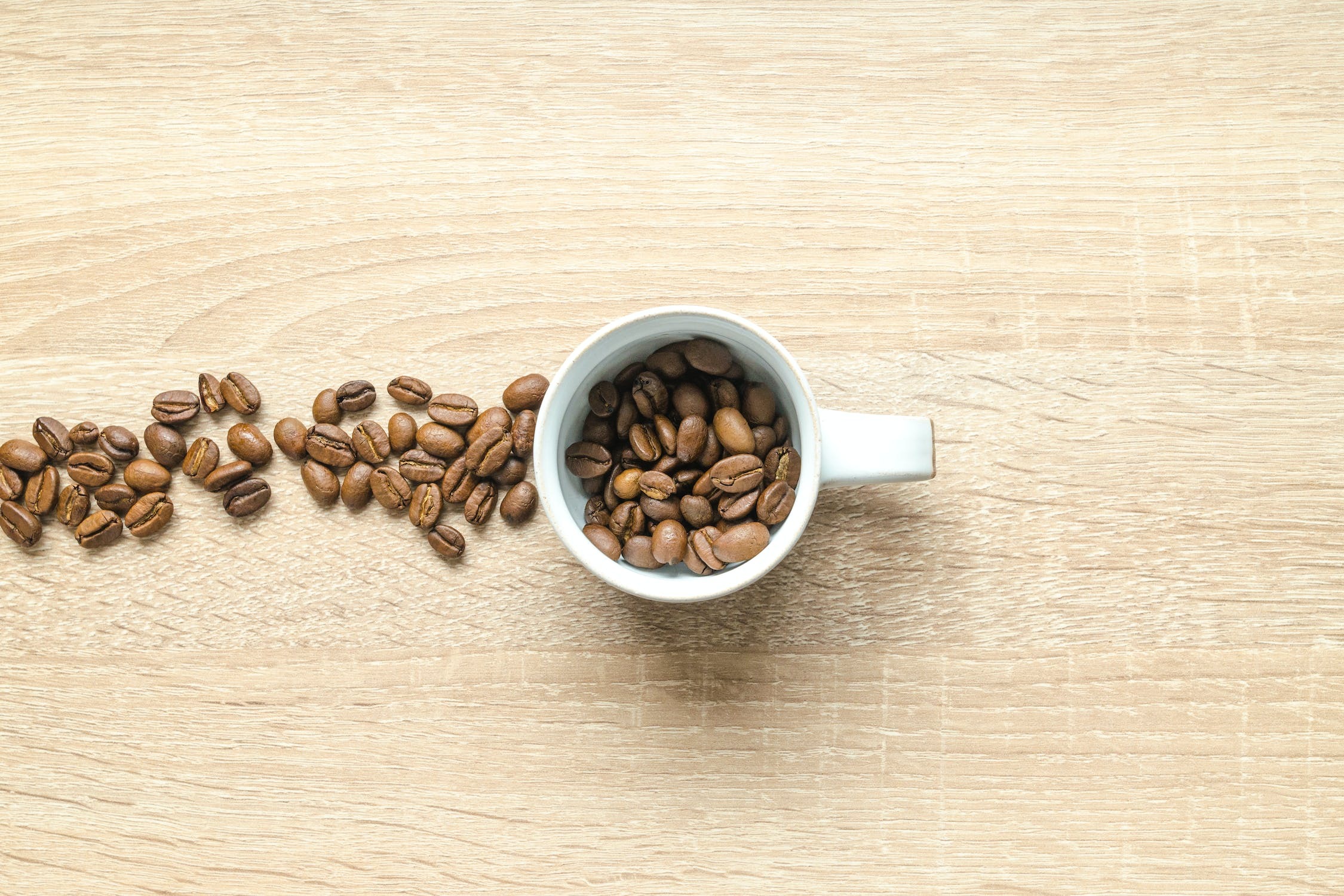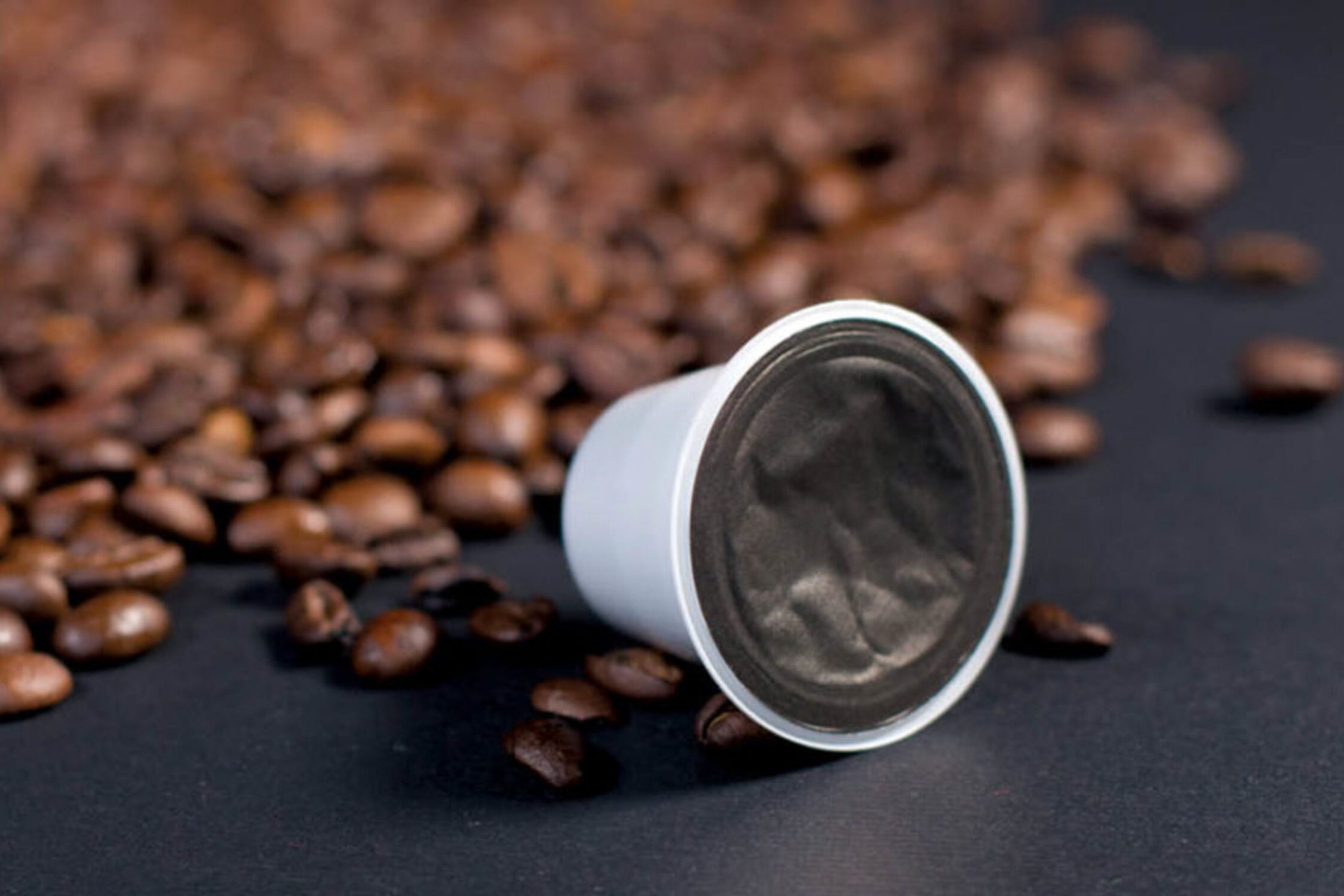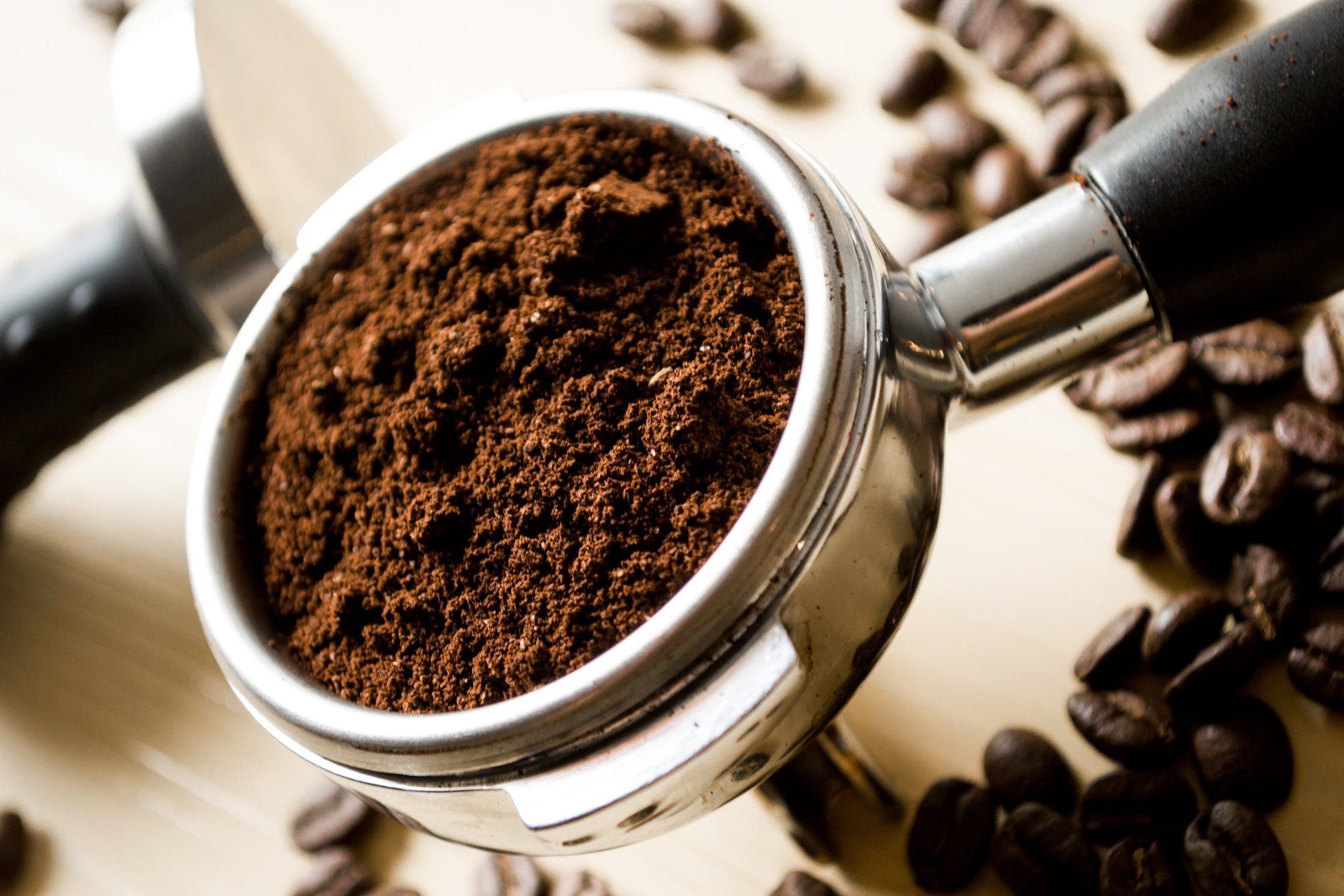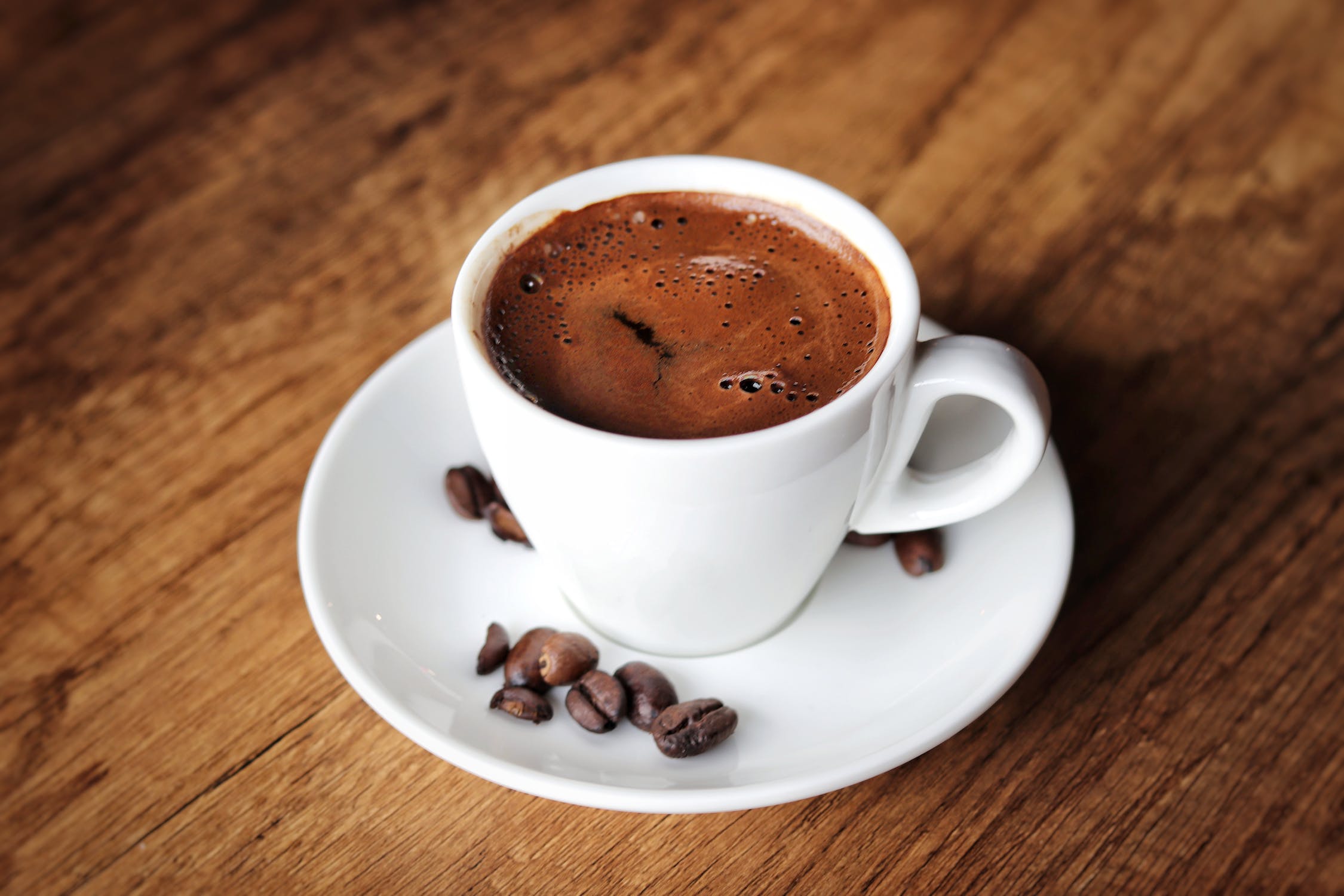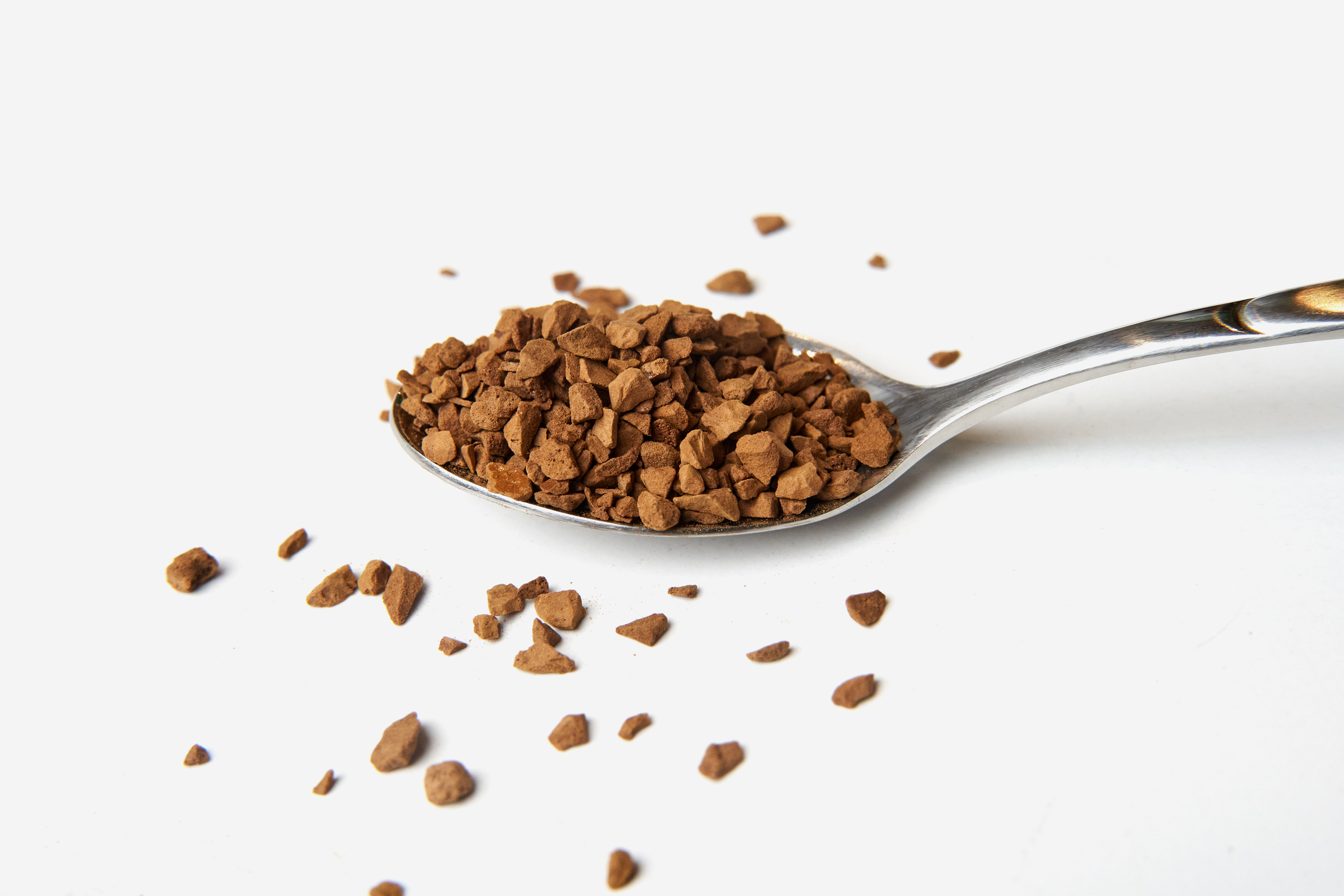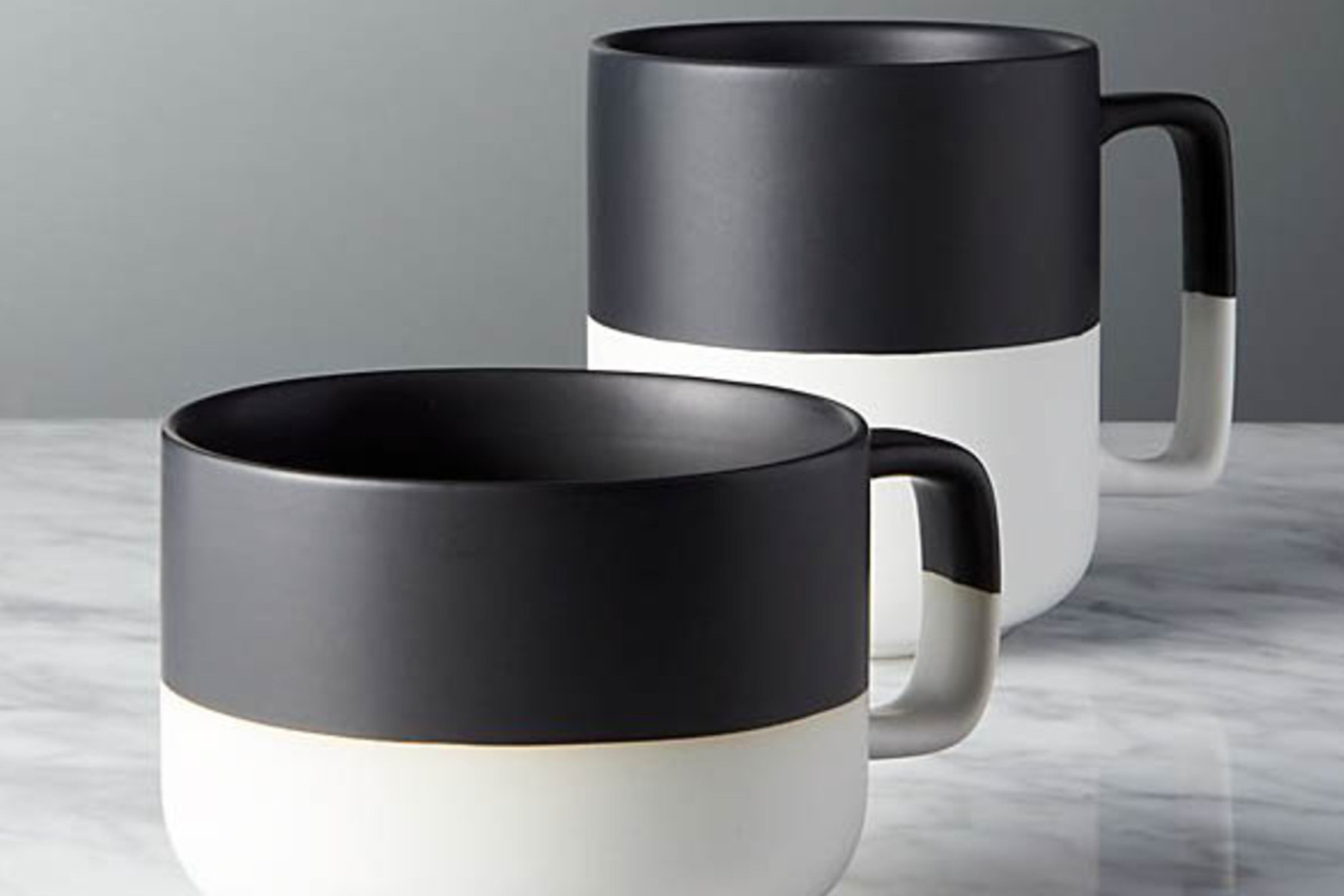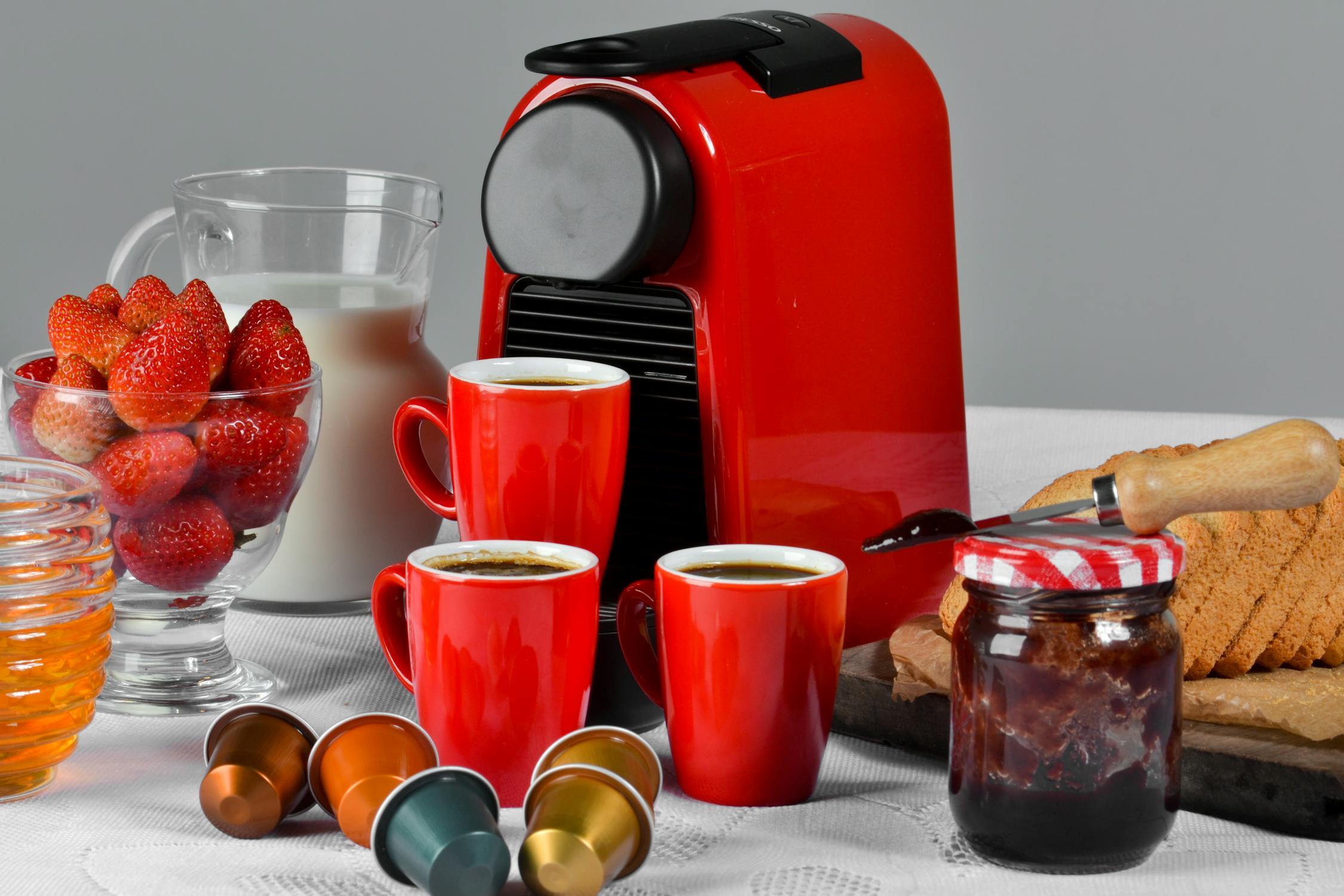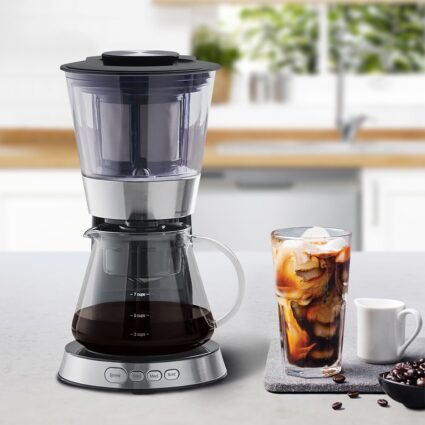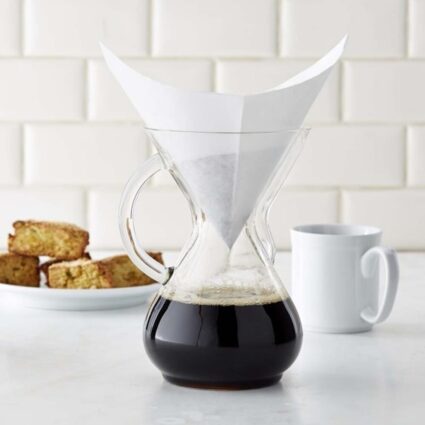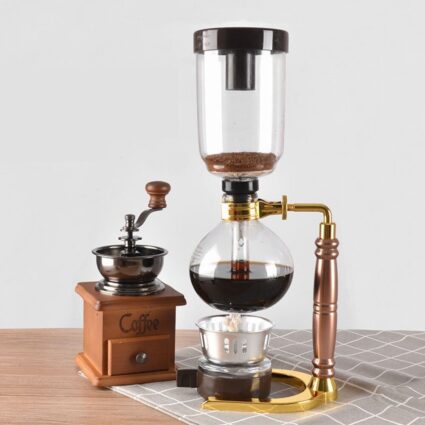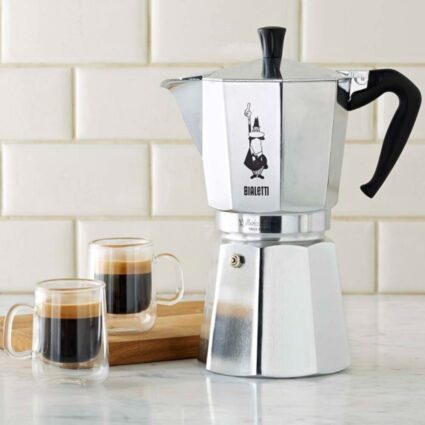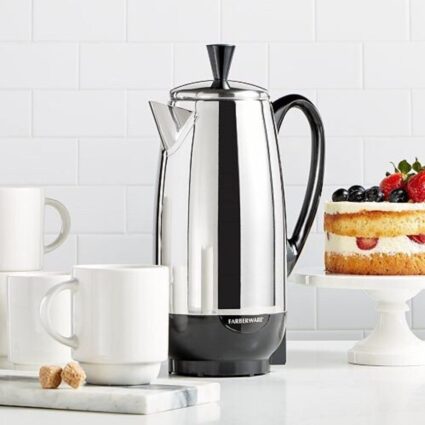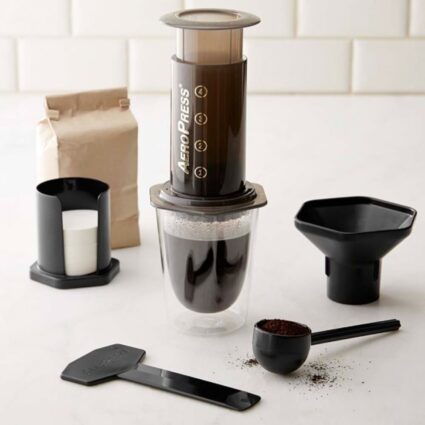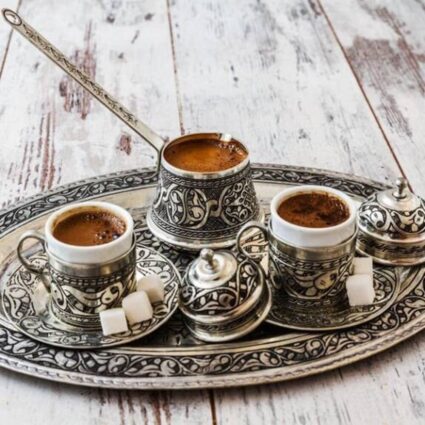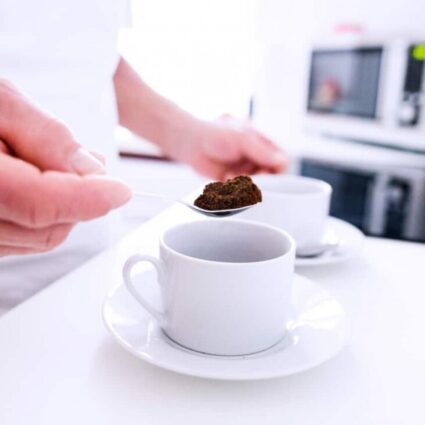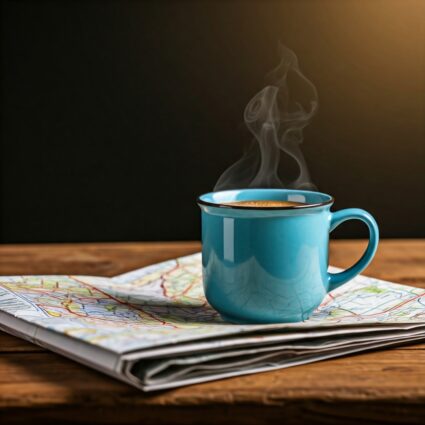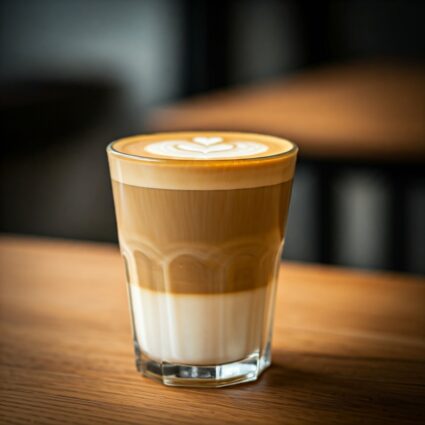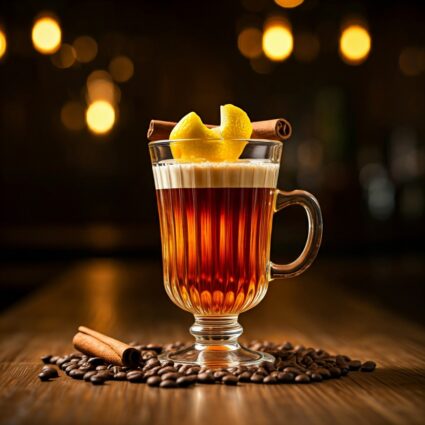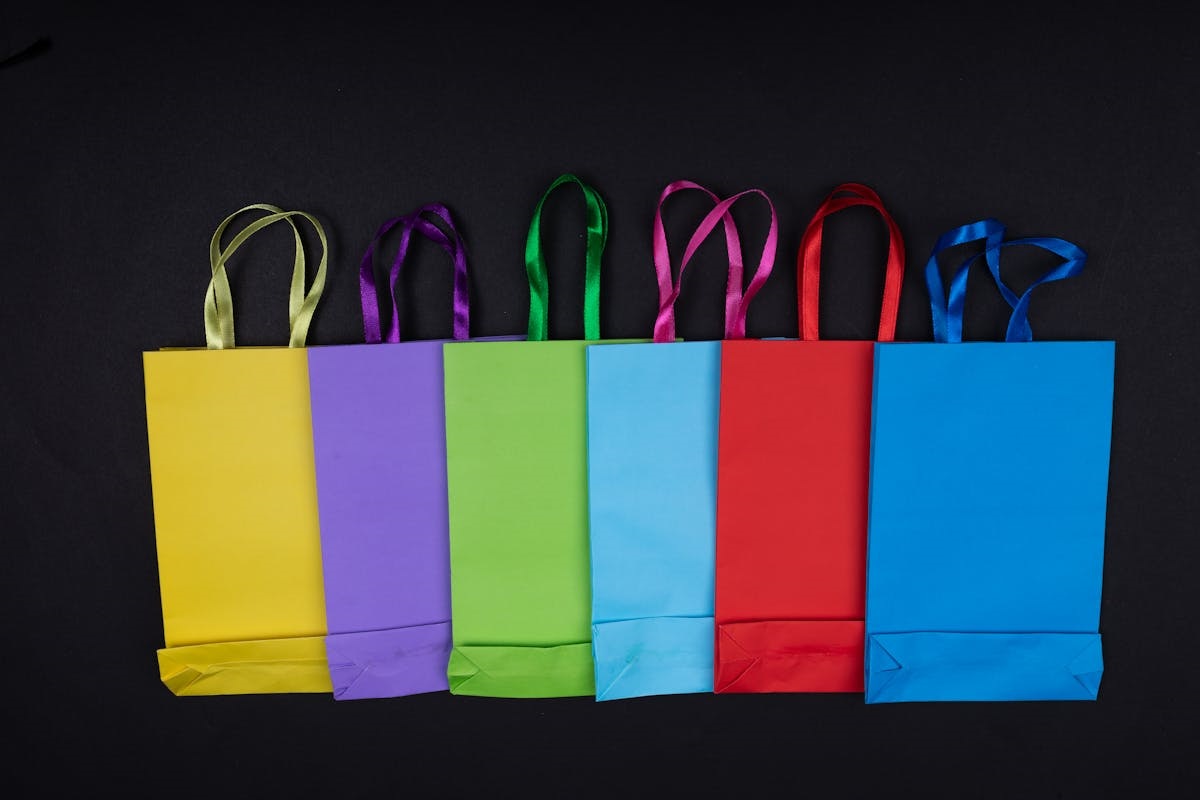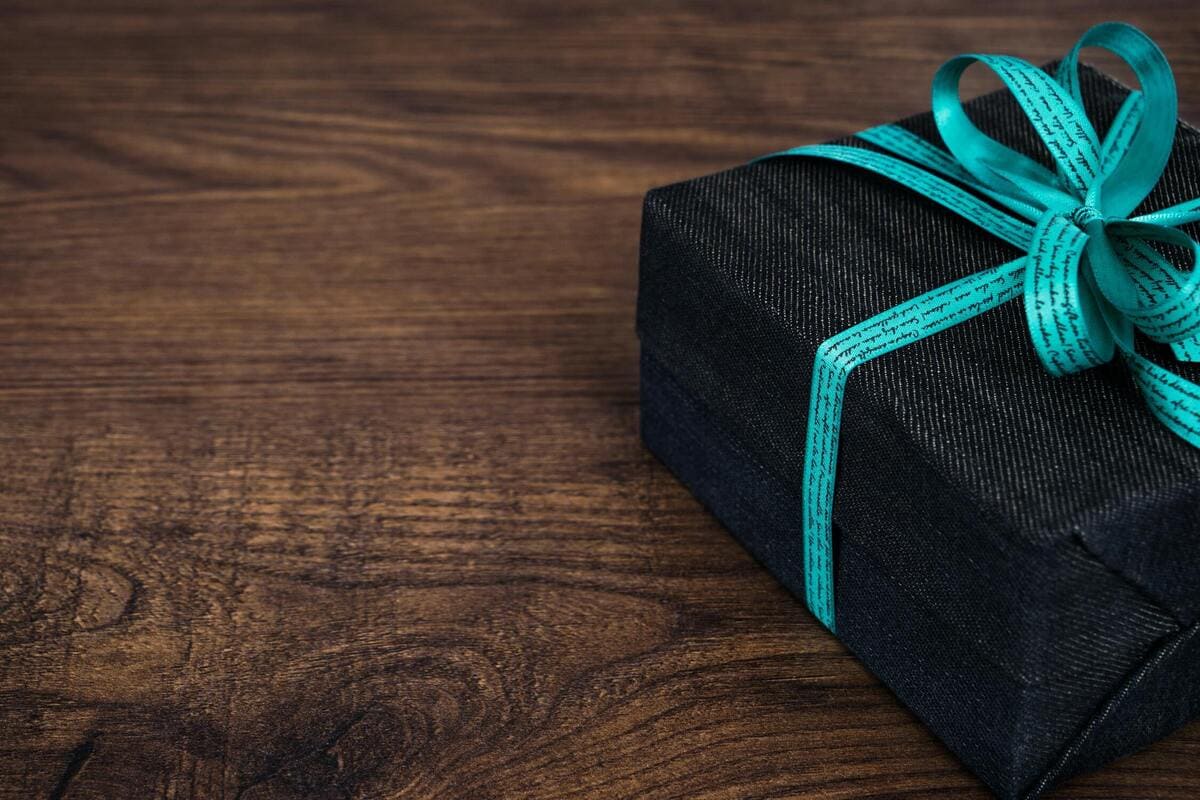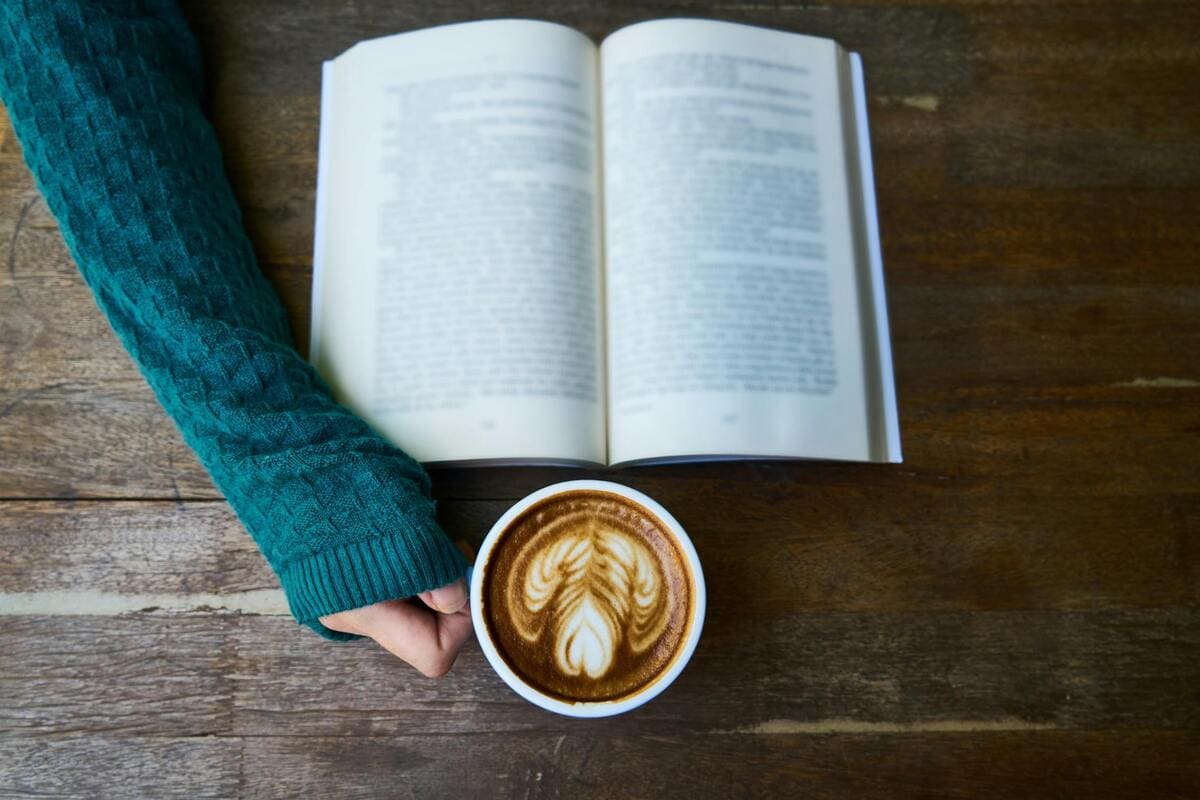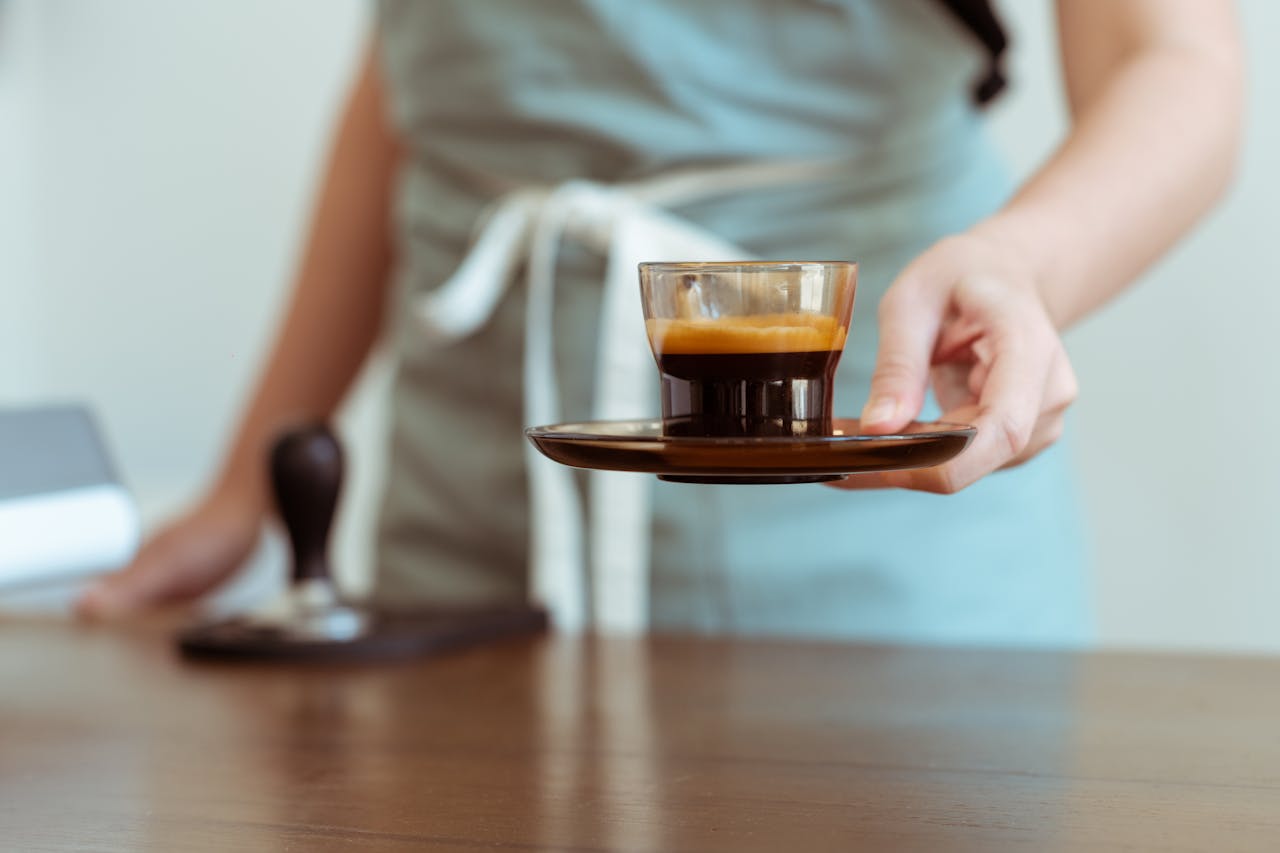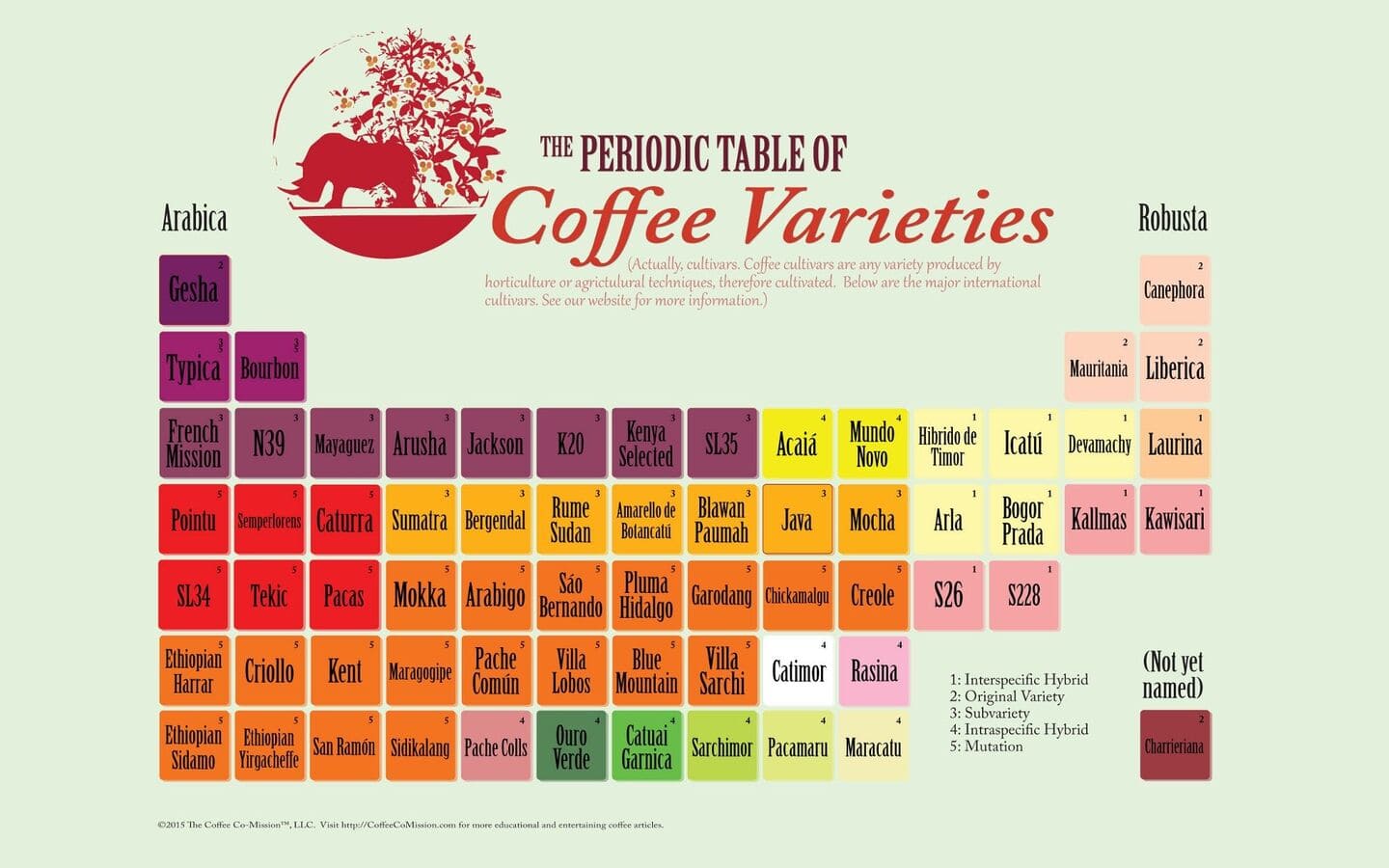Many of us have heard many names of coffee types, such as, for example, Kona, Typica or Robusta. The names are too many and often cause confusion among consumers. Even coffee connoisseurs have a hard time distinguishing them and navigating this variety. In this article, we will try to classify and separate this coffee mess in the simplest and most accessible language.
And so, there are approximately 120 species of coffee trees (Latin: Coffea), which belong to the “Rubiaceae” family of evergreen shrubs and are exclusively plants of tropical climates. Due to the extreme sensitivity to climatic conditions, growing many types of coffee is an almost impossible task, and that is why only 3 of them have become widespread over time, which are more or less resistant and allow to grow them on an industrial scale. Those varieties are: Arabica (Coffea Arabica), with a market share of about 70-80 percent, Robusta (Coffea Canephora), with a 20-30 percent share, and Liberica (Coffea Liberica), with a share of only 2-3 percent. It should be noted that the most Arabica in the world is grown in Brazil, the most Robusta in Vietnam, and the most Liberica in the Philippines. Arabica trees are more delicate and capricious, growing at an altitude of 1200-1800 meters (3800-6000 feet) above sea level and are 3-5 meters (10-15 feet) tall. Robusta is more resistant to pests and harsh weather conditions and is similar in size to Arabica. Liberica trees reach a height of up to 20 meters (65 feet) and their characteristics seem to be in the golden mean of the above two species. Let’s not forget to mention that Arabica is valued for its high quality of taste, Robusta for its large amount of caffeine, and Liberica for its balance of flavor and intensity.
All 3 types of coffee listed have subspecies, or in other words, Varietals and Crossbreeds or Cultivars. Let’s list the most important and most common of them.
Typica (Arabica): Typica, like a green apple, has a marked sourness and sweetness at the same time. This subspecies is relatively rare because it contains less caffeine in percentage terms and the trees are very sensitive to weather conditions and pests. However, Tipica is especially appreciated and sought after for its “pure” taste, it is said that there are no extra flavors in the coffee made from this subspecies. Typica grows best in Central America, Jamaica and Indonesia.
Bourbon (Arabica): Bourbon is perhaps the most common subtype of Arabica, and most of the time when we drink Arabica coffee, we are drinking this subtype of coffee. It is distinguished by the combination of pronounced sweetness and mild sourness, due to which many special coffee blends are obtained from this subspecies. The fruits of the bourbon tree can sometimes be pink, yellow or orange.
Erecta (Robusta): The Erecta subspecies of coffee has tall trees, and the pods are bitter and rich in caffeine, which is why they are in demand in instant coffee production. The origin of this subspecies is not exactly clear.
Nganda (Robusta): The Nganda subspecies is native to Uganda and is mostly grown in Uganda itself. This subtype stands out for its high acidity and strong bitterness and is mostly used in Espresso blends.
Excelsa (Liberica): Excelsa was considered a separate coffee variety until 2006, but is now classified as a subspecies of Liberica. Unlike Liberica beans, these coffee beans are shorter and rounder. This coffee has an astringent and bitter taste and is excellently used in various coffee blends. This subspecies grows in Africa and Asia. It should also be noted that the beans of Liberica are not symmetrical, and with that beeing said, the two sides of the crack in the coffee bean are not equal but are larger and smaller one from other.
In addition to the ones listed, there are also a number of other well-known subspecies and crossbreeds that are worth talking about in another separate article. Now let’s just count them:
Maragogype, Kent (K7), Kona, Blue Mountain, Caturra, SL28 & SL34, Tekisic, Villa Sarchi, Pacas, Pacamara, Mundo Novo, Catuai, Catimor, Castillo, Ruiru 11, Geisha.

